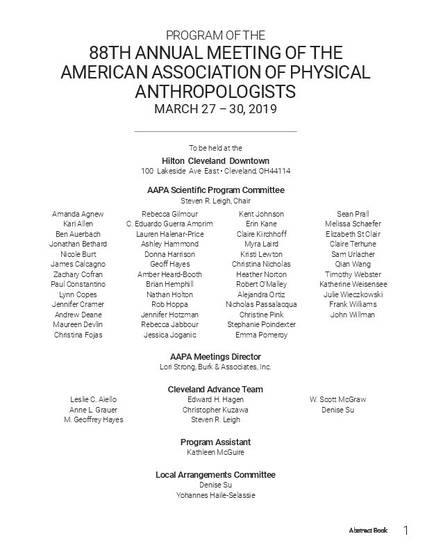
CrAssphage (cross-assembly phage) is a bacteriophage that was first discovered in human gut metagenomic data. CrAssphage belongs to a diverse family of crAss-like bacteriophages thought to infect gut commensal bacteria belonging to Bacteroides genus. However, not much is known about the biogeography of crAssphage and whether certain strains are associated with specific human populations. Gut metagenomic data for a total of 3,263 samples from ten studies were de novo assembled. Of these, 755 samples contained open reading frames (ORFs) with matches to ≥50% of crAssphage reference proteins and were considered positive for crAssphage. For these studies, we find that crAssphage prevalence is low in traditional, hunter-gatherer populations as compared to industrialized, urban populations. Within the same individual, crAssphage sequences show persistence over time. Statistical comparisons showed no association of crAssphage prevalence with host variables such as age, sex, body mass index, and health status. Phylogenetic analysis using a subset of 366 samples demonstrating the presence of a single crAssphage genotype showed a lack of biogeographic structuring. An average linkage clustering approach using 98% pairwise sequence similarity identified 33 crAssphage sequence clusters, one of which is observed across populations in Europe, the Middle East, and the Americas, and a second cluster that is predominantly observed in Asia. We hypothesize that this structuring is suggestive of a recent expansion event within a major crAssphage clade. Overall, we determined that crAssphage presence is primarily associated with an industrialized lifestyle/diet, exhibits limited phylogeographic structure, and its major clade likely underwent a recent global expansion.
Available at: http://works.bepress.com/andrew-ozga/29/

This study was supported by the National Institutes of Health (NIH R01 GM089886).